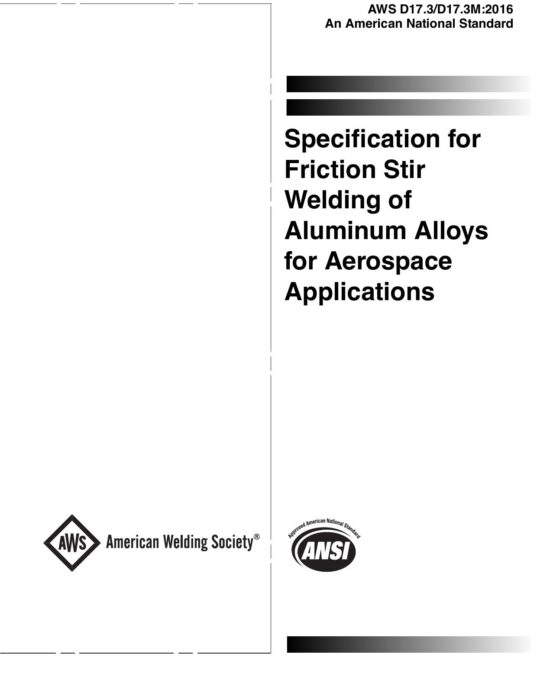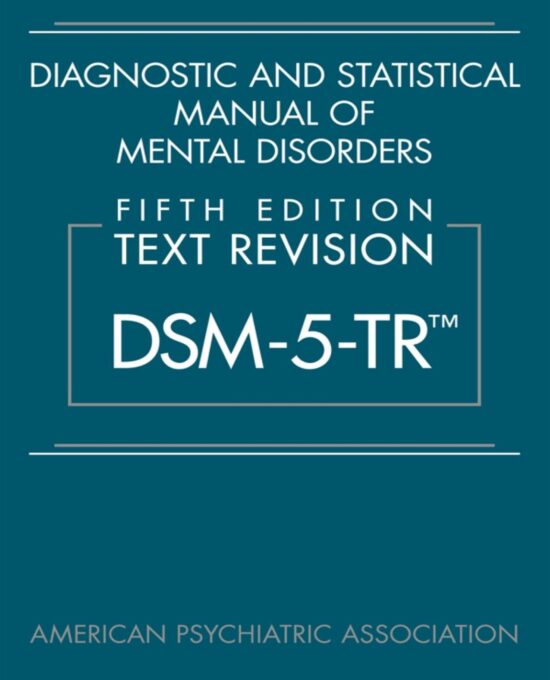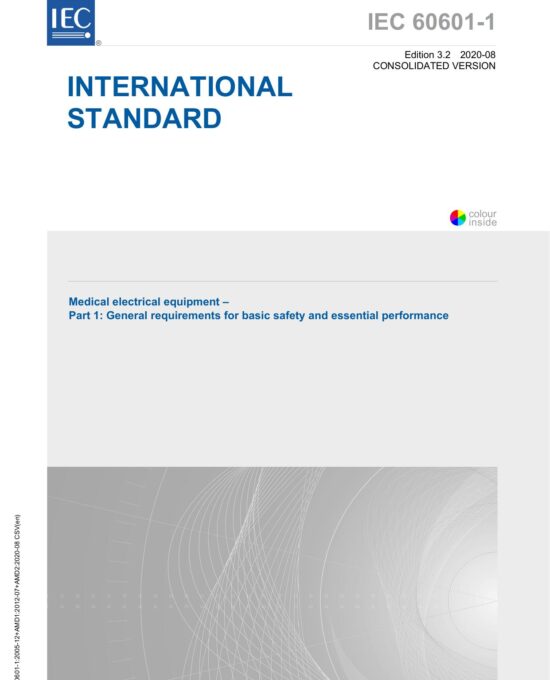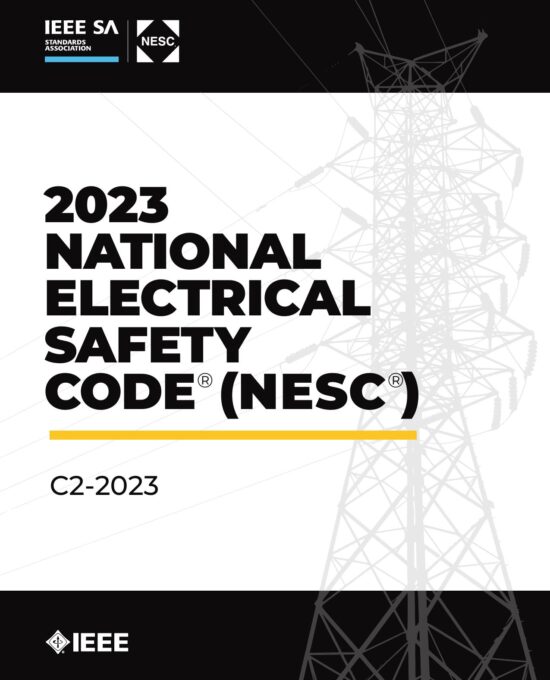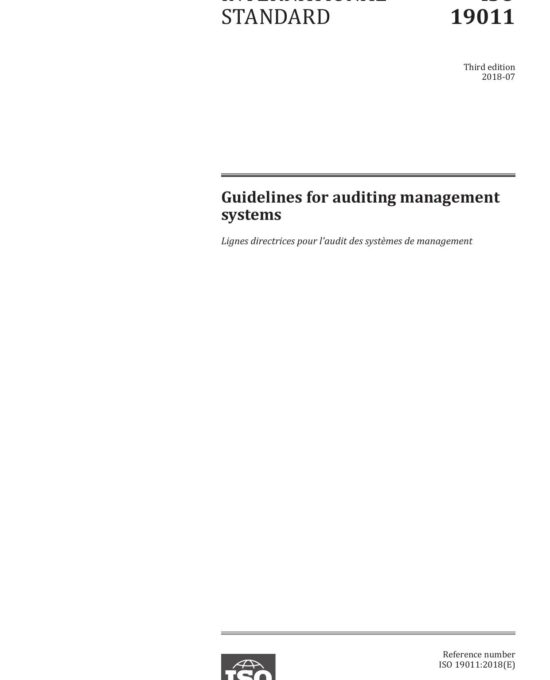AWS D17.3/D17.3M:2016 – Specification for Friction Stir Welding of Aluminum Alloys for Aerospace Applications
AWS D17.3/D17.3M:2016 establishes general requirements for the friction stir welding (FSW) of aluminum alloys in aerospace applications. It provides standardized procedures for the design, fabrication, qualification, and inspection of aerospace components joined using the FSW process.
Highlights:
- Design requirements for FSW joints in aerospace structures
- Qualification procedures for welders, operators, and welding procedures
- Approved base metal specifications and usage limitations
- Tooling, fixture, and FSW equipment setup requirements
- Fabrication guidelines for welding parameters and process control
- Visual and mechanical inspection methods for weld quality verification
- Acceptance criteria for discontinuities, mechanical properties, and visual appearance
- Quality assurance provisions, documentation, and recordkeeping standards
New in the 2016 Edition:
- Updates to reflect advancements in friction stir welding techniques and aerospace material performance
- Enhanced inspection and qualification procedures for improved compliance and reliability
- Supersedes AWS D17.3/D17.3M:2010
Who’s It For:
Aerospace engineers, quality professionals, and fabricators involved in the production or qualification of aluminum structures using friction stir welding.
AWS D17.3/D17.3M-2016
AWS D17.3/D17.3M:2016 – Specification for Friction Stir Welding of Aluminum Alloys for Aerospace Applications
AWS D17.3/D17.3M:2016 establishes general requirements for the friction stir welding (FSW) of aluminum alloys in aerospace applications. It provides standardized procedures for the design, fabrication, qualification, and inspection of aerospace components joined using the FSW process.
Highlights:
- Design requirements for FSW joints in aerospace structures
- Qualification procedures for welders, operators, and welding procedures
- Approved base metal specifications and usage limitations
- Tooling, fixture, and FSW equipment setup requirements
- Fabrication guidelines for welding parameters and process control
- Visual and mechanical inspection methods for weld quality verification
- Acceptance criteria for discontinuities, mechanical properties, and visual appearance
- Quality assurance provisions, documentation, and recordkeeping standards
New in the 2016 Edition:
- Updates to reflect advancements in friction stir welding techniques and aerospace material performance
- Enhanced inspection and qualification procedures for improved compliance and reliability
- Supersedes AWS D17.3/D17.3M:2010
Who’s It For:
Aerospace engineers, quality professionals, and fabricators involved in the production or qualification of aluminum structures using friction stir welding.
AWS D17.3/D17.3M-2016
DSM-5-TR – Diagnostic and Statistical Manual of Mental Disorders, Fifth Edition, Text Revision, 2022
DSM-5-TR – Diagnostic and Statistical Manual of Mental Disorders, Fifth Edition, Text Revision (2022) is the updated reference standard for diagnosing and classifying mental disorders. Published by the American Psychiatric Association, this edition builds on DSM-5 with updated diagnostic criteria, terminology, and clinical insights, reflecting advances in psychiatric research and cultural understanding.
Highlights:
- Includes the new diagnosis of Prolonged Grief Disorder
- Updates to diagnostic criteria for over 70 mental health conditions
- Expanded text on prevalence, development, risk factors, comorbidity, and culture-related issues
- New ICD-10-CM codes for suicidal behavior and nonsuicidal self-injury
- Literature citations updated to reflect the most current clinical research
- Reviewed by the Ethnoracial Equity and Inclusion Work Group to enhance cultural relevance
- Supports accurate diagnosis, treatment planning, and medical coding compliance
Who It's For:
Psychiatrists, psychologists, clinical social workers, counselors, educators, researchers, and healthcare professionals involved in the assessment, treatment, and study of mental disorders.
DSM-5-TR
DSM-5-TR – Diagnostic and Statistical Manual of Mental Disorders, Fifth Edition, Text Revision, 2022
DSM-5-TR – Diagnostic and Statistical Manual of Mental Disorders, Fifth Edition, Text Revision (2022) is the updated reference standard for diagnosing and classifying mental disorders. Published by the American Psychiatric Association, this edition builds on DSM-5 with updated diagnostic criteria, terminology, and clinical insights, reflecting advances in psychiatric research and cultural understanding.
Highlights:
- Includes the new diagnosis of Prolonged Grief Disorder
- Updates to diagnostic criteria for over 70 mental health conditions
- Expanded text on prevalence, development, risk factors, comorbidity, and culture-related issues
- New ICD-10-CM codes for suicidal behavior and nonsuicidal self-injury
- Literature citations updated to reflect the most current clinical research
- Reviewed by the Ethnoracial Equity and Inclusion Work Group to enhance cultural relevance
- Supports accurate diagnosis, treatment planning, and medical coding compliance
Who It's For:
Psychiatrists, psychologists, clinical social workers, counselors, educators, researchers, and healthcare professionals involved in the assessment, treatment, and study of mental disorders.
DSM-5-TR
IEC 60601-1:2020 – Medical Electrical Equipment – General Requirements for Basic Safety and Essential Performance, 2020
- Applies to the basic safety and essential performance of electrical medical equipment and systems
- Addresses hazards related to electrical shock, mechanical failure, thermal effects, and radiation
- Integrates risk management aligned with ISO 14971 for hazard control and usability
- Specifies labeling, documentation, and marking requirements for product traceability and safe use
- Supports conformity assessment and global regulatory submissions
- Clarified terminology and pass/fail testing criteria
- Updated guidance for software safety, usability engineering, and wireless technologies
- Enhanced alignment with IEC 60601-1 collateral standards (e.g., -1-2 for EMC, -1-6 for usability)
IEC 60601-1:2020
IEC 60601-1:2020 – Medical Electrical Equipment – General Requirements for Basic Safety and Essential Performance, 2020
- Applies to the basic safety and essential performance of electrical medical equipment and systems
- Addresses hazards related to electrical shock, mechanical failure, thermal effects, and radiation
- Integrates risk management aligned with ISO 14971 for hazard control and usability
- Specifies labeling, documentation, and marking requirements for product traceability and safe use
- Supports conformity assessment and global regulatory submissions
- Clarified terminology and pass/fail testing criteria
- Updated guidance for software safety, usability engineering, and wireless technologies
- Enhanced alignment with IEC 60601-1 collateral standards (e.g., -1-2 for EMC, -1-6 for usability)
IEC 60601-1:2020
IEEE C2-2023 – National Electrical Safety Code (NESC), 2023 Edition
IEEE C2-2023 – National Electrical Safety Code (NESC) provides the latest safety requirements for the installation, operation, and maintenance of electric supply and communication systems. Developed through ANSI-accredited consensus, the 2023 edition incorporates updates for new technologies, environmental resilience, and evolving industry practices.
Highlights:
- New rules for photovoltaic (PV) generation and advanced energy storage systems
- Expanded arc hazard clothing tables for medium-voltage systems up to 36 kV
- Updated grounding rules for mountainous terrain, coastal zones, and submerged systems
- Revised clearance criteria for conductors, antennas, and structural obstructions
- Clarified definitions and loading guidelines for extreme wind, ice, and weather events
- Standardized inch–foot–pound units for U.S.-centric engineering and safety compliance
Covered Parts:
- Part 1: Electric Supply Stations
- Part 2: Overhead Lines
- Part 3: Underground Lines
- Part 4: Work Rules for Supply and Communication Employees
Who It’s For:
Engineers, utility operators, telecom providers, safety professionals, and contractors responsible for the safe design, construction, and operation of electrical and communications infrastructure.
IEEE C2-2023
IEEE C2-2023 – National Electrical Safety Code (NESC), 2023 Edition
IEEE C2-2023 – National Electrical Safety Code (NESC) provides the latest safety requirements for the installation, operation, and maintenance of electric supply and communication systems. Developed through ANSI-accredited consensus, the 2023 edition incorporates updates for new technologies, environmental resilience, and evolving industry practices.
Highlights:
- New rules for photovoltaic (PV) generation and advanced energy storage systems
- Expanded arc hazard clothing tables for medium-voltage systems up to 36 kV
- Updated grounding rules for mountainous terrain, coastal zones, and submerged systems
- Revised clearance criteria for conductors, antennas, and structural obstructions
- Clarified definitions and loading guidelines for extreme wind, ice, and weather events
- Standardized inch–foot–pound units for U.S.-centric engineering and safety compliance
Covered Parts:
- Part 1: Electric Supply Stations
- Part 2: Overhead Lines
- Part 3: Underground Lines
- Part 4: Work Rules for Supply and Communication Employees
Who It’s For:
Engineers, utility operators, telecom providers, safety professionals, and contractors responsible for the safe design, construction, and operation of electrical and communications infrastructure.
IEEE C2-2023
ISO 19011:2018 – Guidelines for Auditing Management Systems, 2018
ISO 19011:2018 – Guidelines for Auditing Management Systems provides internationally recognized guidance for conducting internal and external audits of management systems. Applicable across all sectors, this standard is designed for organizations managing audit programs or seeking conformity with standards like ISO 9001, ISO 14001, ISO 45001, and others.
Highlights:
- Introduces risk-based thinking as a core auditing principle
- Expanded guidance for managing audit programs and evaluating risks and opportunities
- Supports remote and virtual auditing methods
- Clarifies auditor competence, including behavior and system-specific knowledge
- Shifts terminology to emphasize processes over objects or systems
- Annex A offers detailed insights on context, leadership, compliance, and supply chain audits
Who It’s For:
Audit program managers, internal and external auditors, and quality professionals working with integrated management systems across industries.
ISO 19011:2018
ISO 19011:2018 – Guidelines for Auditing Management Systems, 2018
ISO 19011:2018 – Guidelines for Auditing Management Systems provides internationally recognized guidance for conducting internal and external audits of management systems. Applicable across all sectors, this standard is designed for organizations managing audit programs or seeking conformity with standards like ISO 9001, ISO 14001, ISO 45001, and others.
Highlights:
- Introduces risk-based thinking as a core auditing principle
- Expanded guidance for managing audit programs and evaluating risks and opportunities
- Supports remote and virtual auditing methods
- Clarifies auditor competence, including behavior and system-specific knowledge
- Shifts terminology to emphasize processes over objects or systems
- Annex A offers detailed insights on context, leadership, compliance, and supply chain audits
Who It’s For:
Audit program managers, internal and external auditors, and quality professionals working with integrated management systems across industries.
ISO 19011:2018
